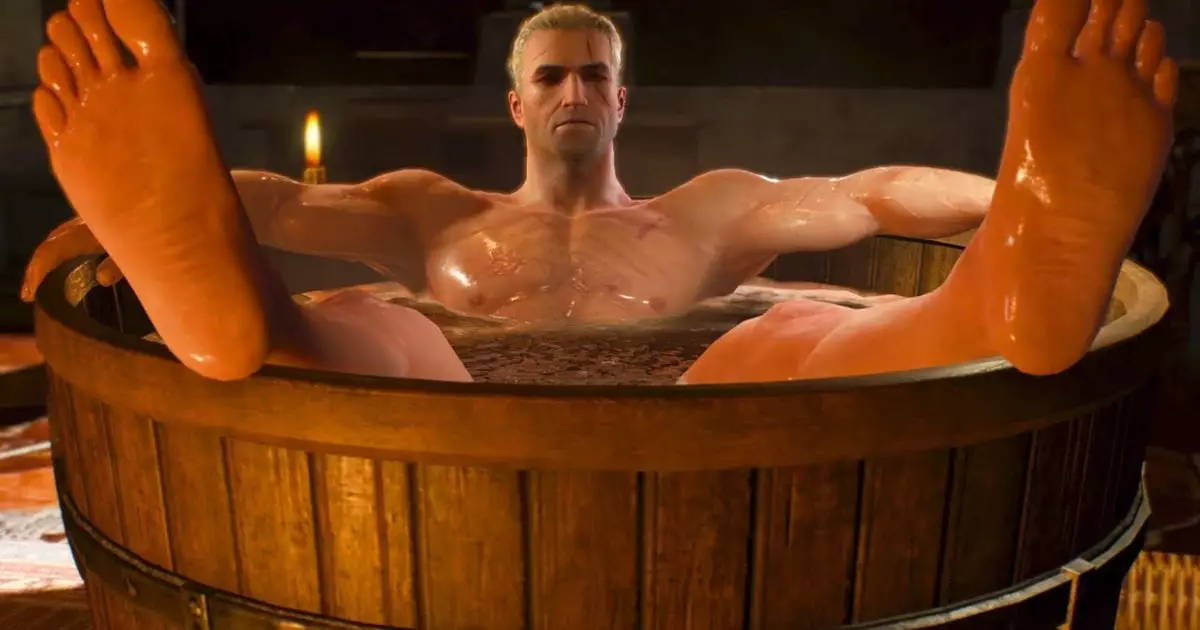As Dead by Daylight approaches its ninth anniversary, it’s evident that the game’s impact on the horror genre within the multiplayer realm has been immense. This milestone not only highlights the game’s longevity but also the dedication of its community and developers, Behaviour Interactive. The gaming landscape has witnessed a myriad of live-service games come and go, but Dead by Daylight stands as a testament to effective continuous engagement and groundbreaking collaborations. Nine years in, it prompts us to reflect on why other live-service titles have faltered or failed to reach similar levels of success.
Springtrap Joins the Fray
One of the most thrilling announcements from Behaviour Interactive’s anniversary broadcast is the introduction of Springtrap from the Five Nights at Freddy’s franchise as a new killer. This addition feels like a natural fit, given the synergies between the two horror universes. The inclusion of Matthew Lillard reprising his film role adds a captivating layer, likely attracting fans of both the game and the movie. Springtrap’s arrival is coupled with a redesigned map themed around Freddy Fazbear’s restaurant, enriching the Dead by Daylight universe and giving players fresh content to explore. It makes you wonder why this crossover didn’t happen sooner, as the killer’s backstory from Five Nights at Freddy’s taps into a deep well of horror lore, perfect for Dead by Daylight’s thrilling gameplay.
Curiosities of Collaboration
However, juxtaposed with this exciting reveal is the announcement of a curious crossover with The Witcher series. Fans of the genre may find it puzzling that a franchise deeply anchored in fantasy and action would find itself intertwined with the horror mechanics of Dead by Daylight. While the aesthetic and narrative merits of The Witcher are undeniable, seeing characters like Geralt and Yennefer in a game built on fear and survival feels more like a marketing gimmick than a well-thought-out collaboration. The move raises questions about creative integrity—do such crossovers dilute the essence of Dead by Daylight, or do they simply serve to attract a broader player base?
A Bright Horizon Ahead
In addition to these thrilling updates and collaborations, Behaviour Interactive has ambitious plans for the year ahead. A rework of The Archives and adjustments to gamma settings are just the tip of the iceberg, suggesting that the developers are keen on addressing community feedback and enhancing the overall user experience. Not to mention, the prospect of a user-driven chapter slated for 2026—allowing players to vote on the attributes of a new killer and survivor—introduces a democratic element to game development that could significantly increase player investment and satisfaction.
Dead by Daylight is not merely a game; it’s a cultural phenomenon that has continually evolved while staying true to its horror roots. As the developers roll out new content, community-focused updates, and unexpected collaborations, they underline a central truth: that horror and creativity are boundless. Each announcement serves as a reminder that the heartbeat of gaming is innovation—a truth that both excites and challenges the genre. Traditional player engagement is a signature of Dead by Daylight, and as it approaches its ninth year, it stands ready to face the future with a growing fanbase eager for more.

